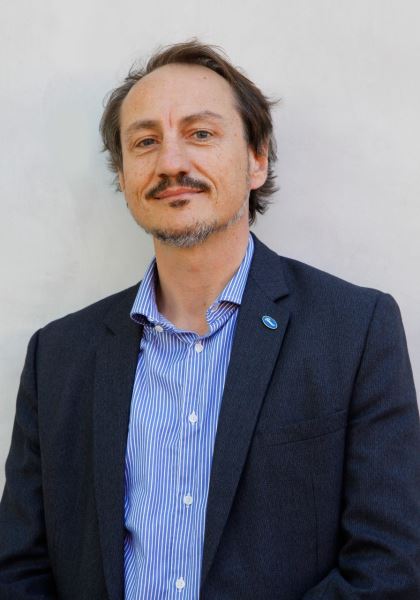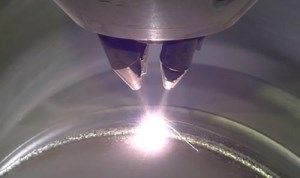The University of Sydney will partner with local and US universities to find advanced manufacturing solutions for the factories of the future.
Minister for Defence Industry, Christopher Pyne said the government would provide a grant of $3 million over three years for the project.
The University of Sydney will serve as the Australian lead along with UNSW in a partnership with seven top US universities in a materials science and engineering program on additive manufacturing – commonly known as 3D printing.
The Multidisciplinary University Research Initiative (MURI) is administered by the US Department of Defense.
The US academic institutions involved in the research include the University of Tennessee-Kentucky, University of California, Santa Barbara, Colorado School of Mines, Iowa State University, Ohio State University and Virginia Polytechnic Institute.
The project will be led by Professor Simon Ringer at the University of Sydney.
Technological disruption
“Additive manufacturing is a major scientific and technological disruption – it will enable layer-by-layer printing of metal objects that are unique in geometric form, have gradients in their functional properties that can change over the nanoscale or the microscale, as need be, and which use a near-zero waste production process,” Professor Ringer said.
“The new materials science and engineering that we learn as we do this research will dramatically change the notion of design and manufacturing – this will have huge economic impacts and will be used in demanding industries including defence, space, aerospace and other transportation. Most importantly, we are pioneering the fundamentals here, and the application space is really up to our imaginations.”
New physical metallurgy challenges
Using the government funding, Professor Ringer and his research team will study the new physical metallurgy challenges in additive manufacturing and explore the potential of new technologies. The world-leading electron microscopy and atom probe microscopy at Sydney will be pivotal to this work.
“Making materials and building devices via 3D printing takes us back to the periodic table – we’re exploring thermodynamic and kinetic ‘states’ that people have never previously been able to access,” Professor Ringer said.
“While we are becoming familiar with 3D printing, machines that prototype parts and make simple devices are common-place, quite cheap and both fun and useful. But, what we are doing is the materials science that will enable the machines that make the machines.”
One of the world’s largest research laboratories
Professor Ringer said that part of the research would be conducted at the University of Sydney, in collaboration with Professor Xiaozhou Liao, and in the US Department of Energy's Oak Ridge National Laboratory, which is managed by the University of Tennessee-Kentucky and is one of the largest research laboratories in the world.
“This places us among the giants of the US system in the additive manufacturing space,” he said.
The University of Sydney was one of four Australian universities selected to conduct joint research with US universities on priority defence projects under the MURI.
Mr Pyne said it was the first time Defence had funded Australian universities to work with their US counterparts. Funding would be provided under the Next Generation Technologies Fund.
“As these universities were chosen from a pool of over 400 proposals, this is a great outcome, one which shows that Australian researchers are world-class,” Mr Pyne said.
Deeper engagement with international communities
University of Sydney Vice-Chancellor and Principle Dr Michael Spence said the allocation of funds is a reflection of Australia’s current research strengths in materials science.
“It will facilitate deeper engagement with local and international communities, government and industry,” he said.
Professor Ringer said this research represents initial efforts to develop a world-class Australian scientific and technical capability that works at the frontiers of additive manufacturing.
“This government support and our new global collaborations places the University of Sydney favourably in this burgeoning area,” he said.
“We will become the place where academic and industrial partners come to find exceptional expertise in the design, development and manufacturing technology of the most advanced materials and devices via additive processes.”
Professor Ringer is a member of the School of Aerospace, Mechanical and Mechatronic Engineering, the Australian Centre for Microscopy and Microanalysis, and University of Sydney Nano Institute.


